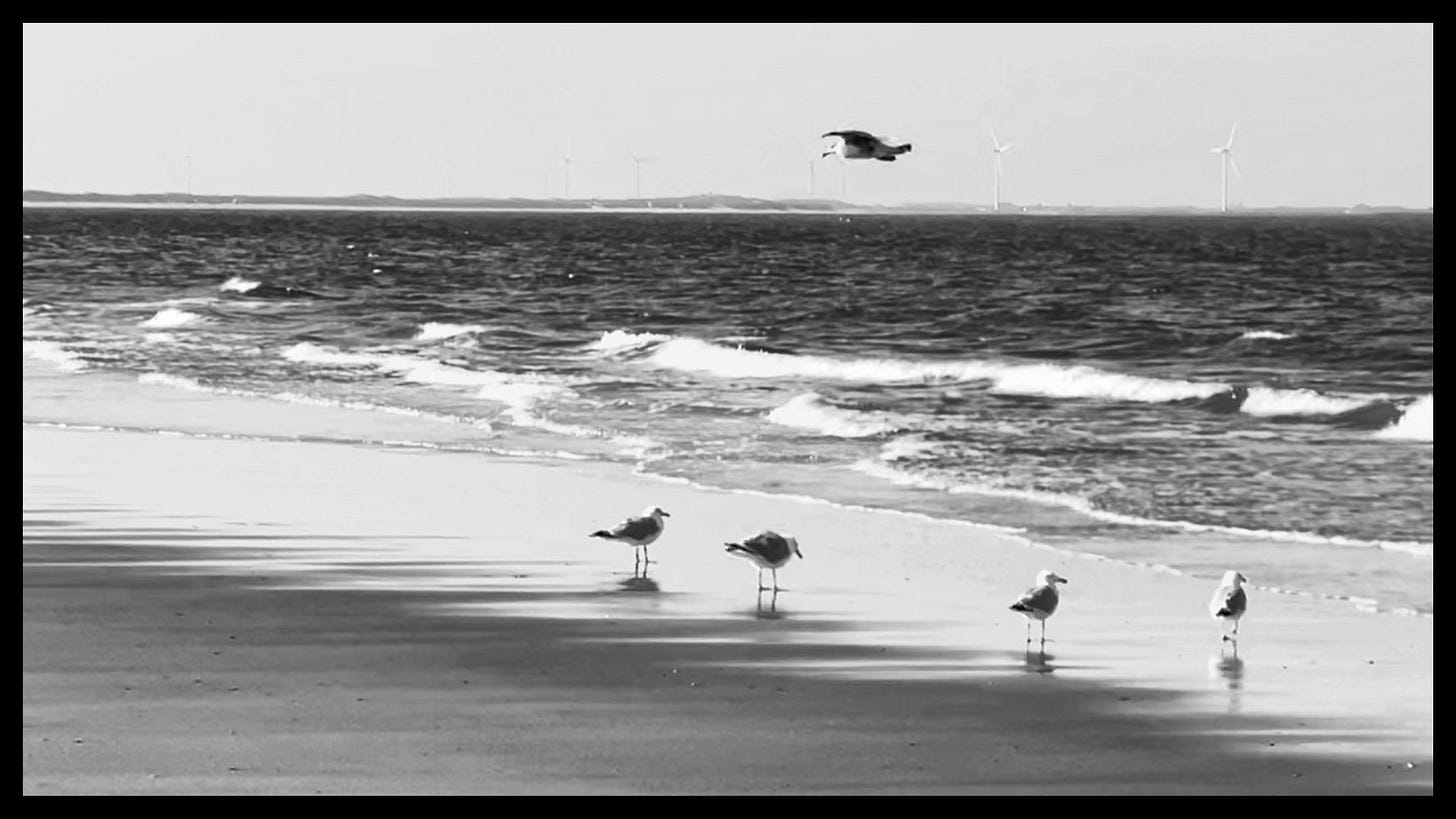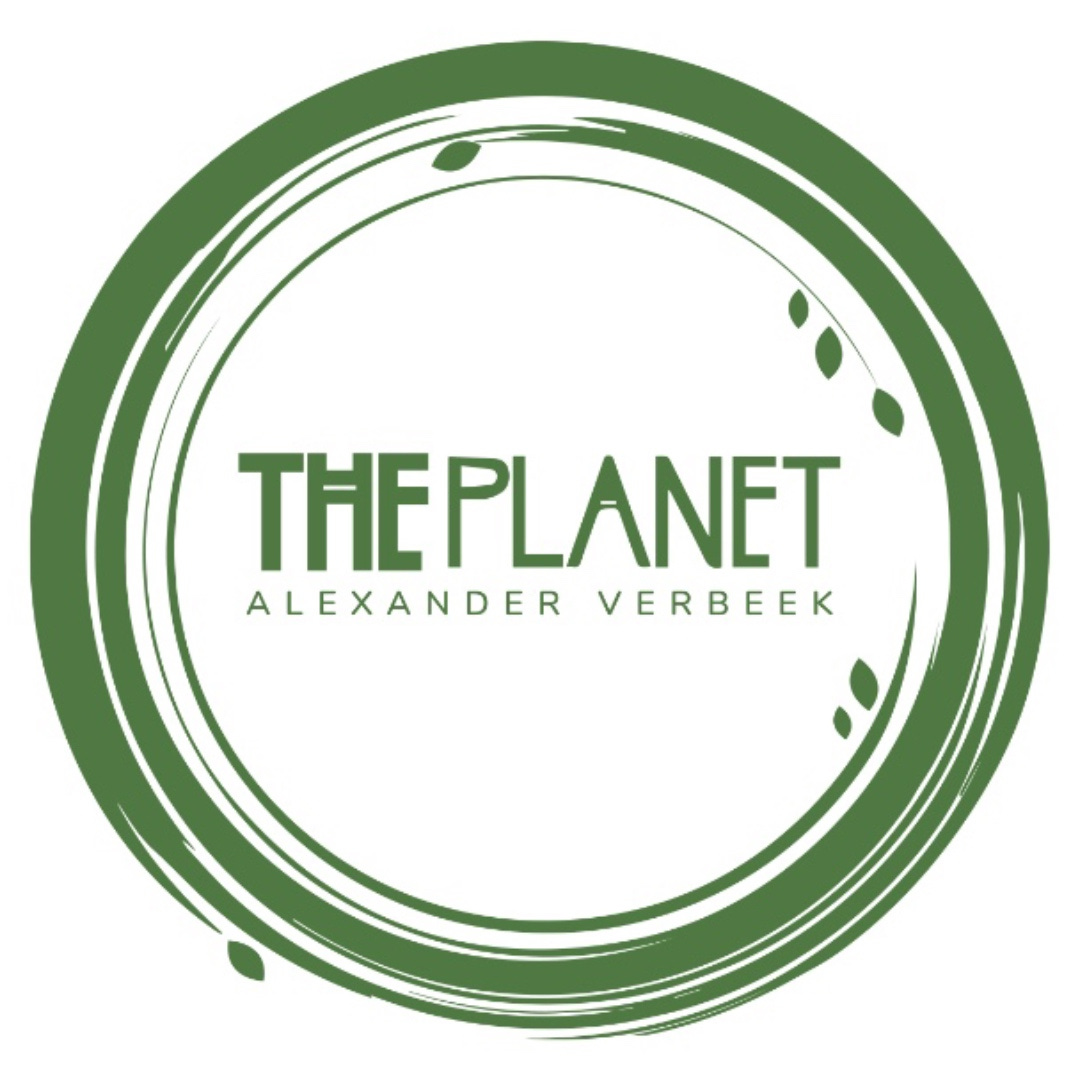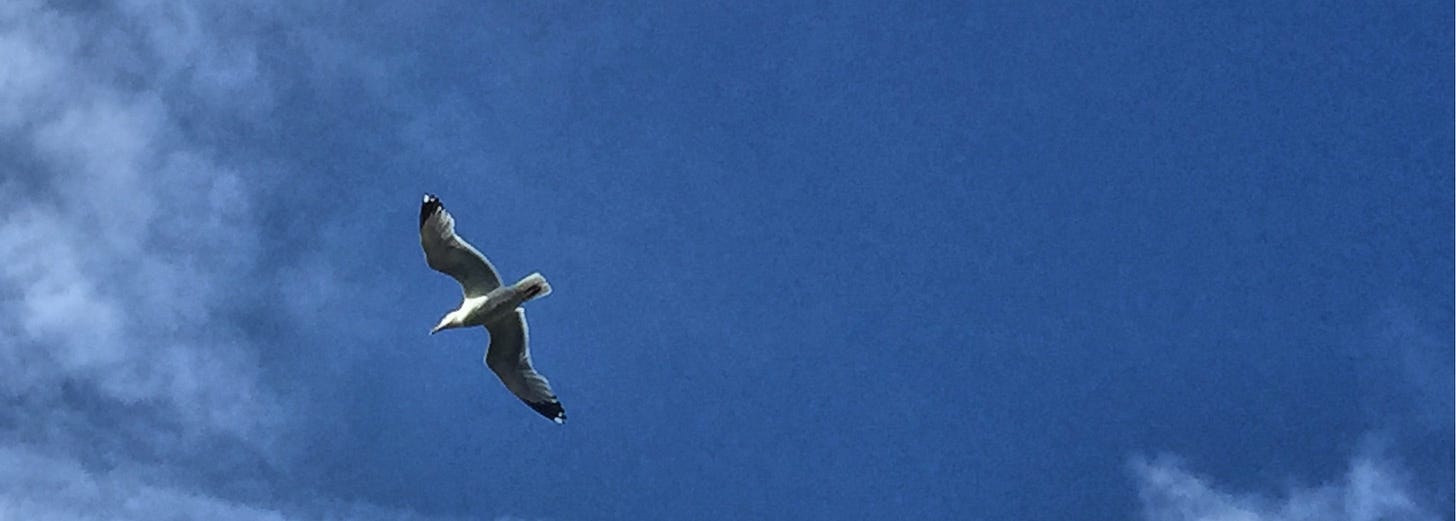The most visible wildlife on this island are the birds; there are so many, and in such a wide variety in every season, that many bird lovers visit Schouwen-Duiveland.
An estimated 150,000 birds search for food on the island's wetlands during the spring and autumn migration. Further to the west, on the beaches and in the dunes, you will see many seagulls. I took this picture near the 'Seagull Dunes,' the 'Meeuwenduinen,' to the west of the inland 'Zeepeduinen' and north of the forest.
The quality of the picture isn't outstanding, it is a still from a video, but I like it in this composition and the grainy black and white. These are lesser black-backed gulls (Larus fuscus); their bills and legs are yellow, they are pretty large (about half a meter), and have a relatively dark mantle. They mainly live on fish, but they also forage on land where they catch mammals and insects. Unfortunately, the gulls have also discovered waste; the french fries eaten on terraces seem to be one of their favorites.
In the background, you can distinguish wind turbines on the artificial island in the Eastern Scheldt, Neeltje Jans, halfway between Schouwen-Duiveland and the next island to the south, Noord-Beveland. It was constructed to facilitate the construction of the barrier in the Eastern Scheldt. Yet, surprisingly, even for people who often pass this dam by car, there is a fascinating nature reserve on the island that is an important breeding area for gulls, typical ground brooders in open dune areas.
I have walked on this island while seagulls were breeding everywhere in the dunes; it is fascinating to observe from a safe distance. A lesser black-backed gull lays two or three eggs in a pit on the ground, usually made of loose grass. The dunes are kept open by removing seaberry (Hippophae rhamnoides) and willow thickets to create better opportunities for the seagulls to brood.
This newsletter is read by many thousands for free, but initiatives like these need paying subscribers.
Please join as a paying subscriber if you enjoy reading this newsletter, if you are in a position to financially support, and if believe that nobody should write for free.
The back page
Notes:
https://www.natuurmonumenten.nl/natuurgebieden/neeltje-jans/nieuws/zilvermeeuw-en-kleine-mantelmeeuw-ontdekken-nieuwe-broedgebied










I worked on Neeltje Jans back in 1982, during the construction phase. (I was writing software for a training simulator for a specialised construction barge called "Cardio"). I stayed in Renesse during the week, returning to Den Haag for the weekends, so I didn't get much time to explore the area. But some evenings I'd go down to the beech, and if I'd been working late I'd take the morning off to explore the dunes and woods. It was easily the nicest place I ever worked.
Very interesting story. It's also interesting how many people dislike gulls and pigeons. I find both fascinating in their ability to adapt and thrive among the ever expanding human presence. While human generated waste isn't the nutrition they need, they take the easy meal whenever they can. I hope people are being careful with plastics and things made from metal and glass which can create death traps for birds and other local inhabitants.